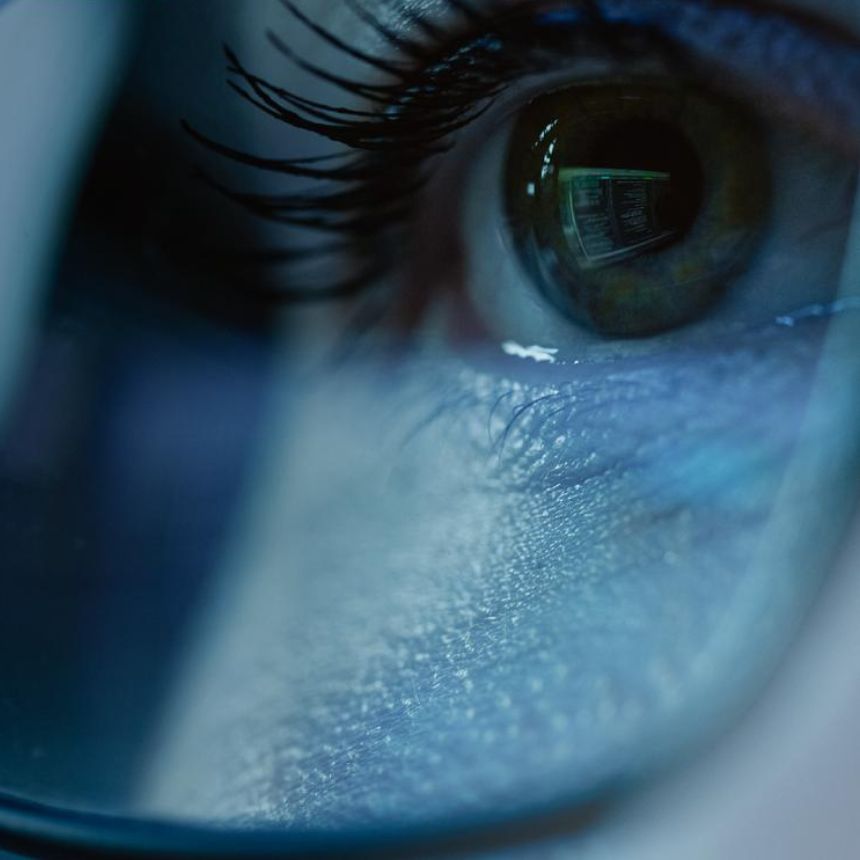In March we released the Integral Ad Science H2 2016 UK Media Quality Report. This biannual report, highlights the current state of media quality in the UK online advertising industry. The report features analysis of trends in viewability, risk to brand safety and levels of ad fraud, across both publisher direct and programmatic buys.
For the H2 2016 report we introduced new updates to provide greater insights, including: ad fraud campaign data separated into optimised (use of ad fraud prevention technology) and non-optimised (no ad fraud prevention technology employed), and consumer-level exposure data to show exposure frequency and and cumulative exposure time.
Our analysis of H2 2016 data shows that, for the first time video advertising has outperformed display. Most notably, video viewability showed significant improvement, increasing to 58.2% of video impressions being in view in H2, compared to H1 2016 where only 40% of video impressions were found to be in view. Video viewability not only increased but also the completion rate in view improved, proving that video reached full duration of playback whilst in view. Completion rate in view was found to have reached 35.1% in H2 2016.
Nonetheless, as video demands higher CPMs and is highly sought after inventory, it makes the medium more attractive and susceptible to fraudsters. Fraud on video campaigns was found to be 26.5% in H2 on programmatic buys.
For the first time, the H2 2016 report incorporates consumer-level insights, revealing there is much work to be done. For most campaigns, the vast majority of consumers are underexposed. The report shows that 70-85% of consumers are served no more than one viewable impression and that 50-65% of consumers are exposed to the ads for a total of five seconds or less. With this data the report aims to help advertisers better understand the ability to invest in digital and how to best influence online consumers with confidence.
The introduction of both optimised and non-optimised ad fraud campaign data shows a stark difference between campaigns using ad fraud prevention and those that did not. For advertisers in the UK utilising prevention technology, ad fraud rates were found to be 0.3%, compared to 4.9% when no fraud prevention measures were taken. New key insights from the report show home pages are found to attract higher rates of ad fraud, 88% higher than article pages. Ad fraud risk also increases in the early hours of the morning, peaking at 4:00 a.m., then declining slowly until it reaches a steady level at 8:00 a.m.
Brand safety risk has decreased overall from 7.8% in H1 2016, to 6.8% in H2 2016. Analysis of our brand safety categories showed that brand risk has increased for illegal downloads, violence and alcohol, whilst the risk for offensive language, adult content and illegal drug use decreased. The recent press coverage highlighting brand advertising appearing next to unsavoury content highlights that although brand risk may be decreasing, as an industry we are not quite there yet in ensuring that content verification technology is in place across digital campaigns.
The UK digital advertising industry still has some way to go until we reach a point where brands feel fully confident that there are procedures and technology in place to advertise with minimum risk to their brand image. The rise of video advertising quality, now overtaking display for the first time highlights that video is quickly becoming the format of choice for advertisers.
For more information download our H2 2016 Media Quality Report.
 Share on LinkedIn
Share on LinkedIn Share on X
Share on X

